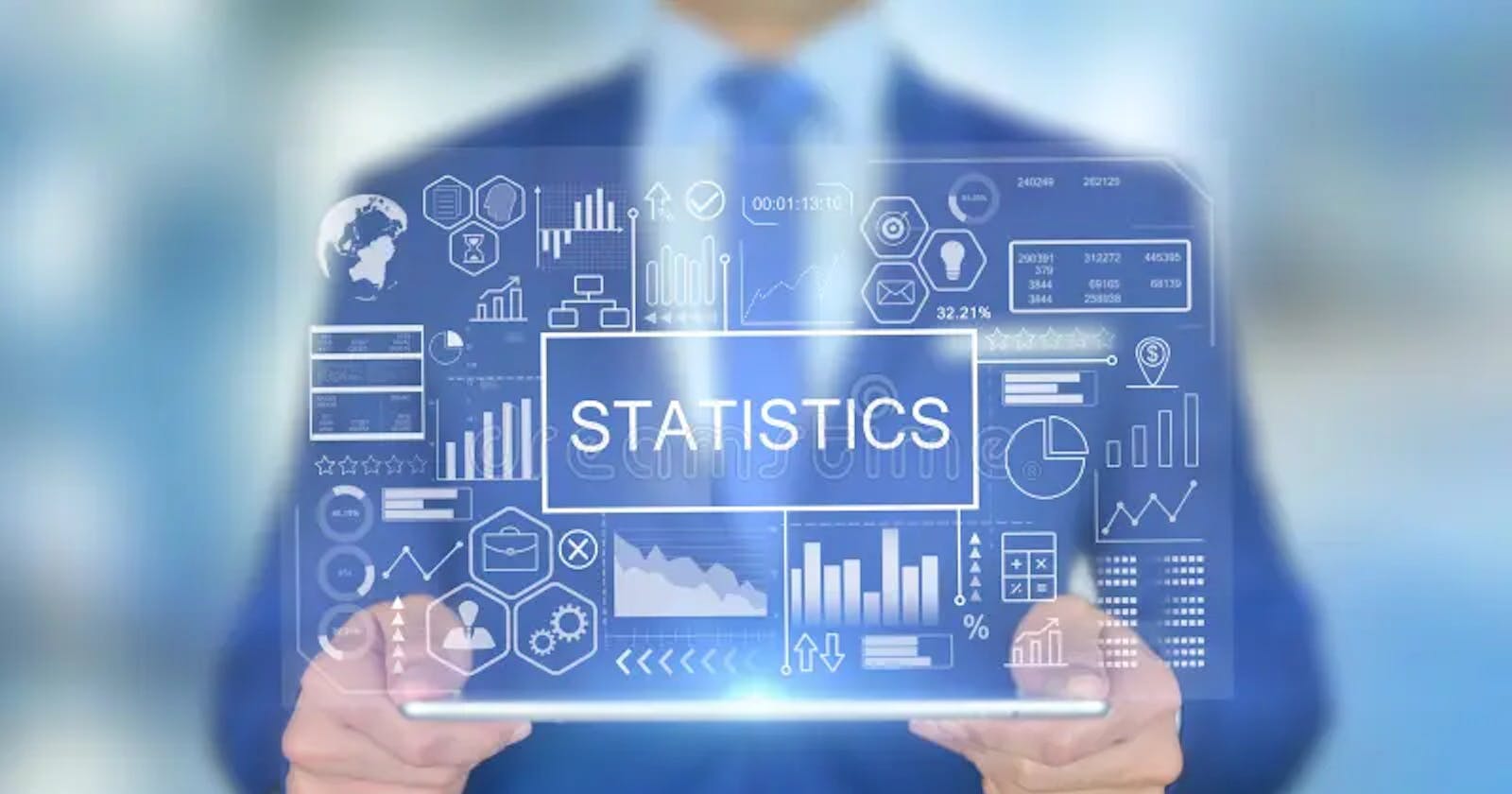What truly underpins the successful practice of data science?
Data science draws upon concepts from artificial intelligence, machine learning, programming, and more. Yet, amidst these diverse tools, it is statistics that lies at the heart of this powerful discipline. The ultimate purpose of data science is to understand problems and derive solutions from datasets – making the tools of statistics indispensable. Let's explore why.
Defining Data Science
Data pioneer Clive Humby, a British mathematician and data science entrepreneur, aptly observed,
"Data is the new oil, but statistics are the refinery. You can have all the oil in the world, but if you don't have a refinery, it's not going to do you much good."
Raw data alone has limited use; it's statistical tools that turn that data into knowledge. Data scientists are the translators, extracting meaningful insights from vast data sources. They collect, process, analyze, visualize, and communicate complex findings – and statistics is the language they use throughout this process.

Understanding the Power of Statistics
Statistics helps us make sense of uncertainty. Where raw data may appear chaotic, statistics offers techniques to reveal distributions, identify trends, and measure the strength of relationships. It quantifies natural variation, allowing us to determine if observed patterns are truly significant. Crucially, statistics helps us express the level of confidence we have in our conclusions, acknowledging that data-driven insights rarely come without some degree of uncertainty.
Key Statistical Concepts for Data Science
As data scientist Hilary Mason noted,
"Data is the what, statistics is the how, and machine learning is the what if."
Here are a few essential statistical concepts underpinning data science:
Descriptive Statistics: Summarizing and visualizing data (e.g., central tendency, variability, distributions)
Hypothesis Testing: Evaluating claims about data using statistical tests
Regression: Modeling relationships between variables
Probability: Understanding the likelihood of events, essential for predictive modeling
My Data Science Journey
As a data science enthusiast, I recognize the need to go beyond simply memorizing formulas. To gain a true understanding, I'm now exploring basic statistics using Python code. This hands-on approach solidifies my knowledge and brings statistical concepts to life. I'm excited to share my insights and experiences through my new data science blog!

